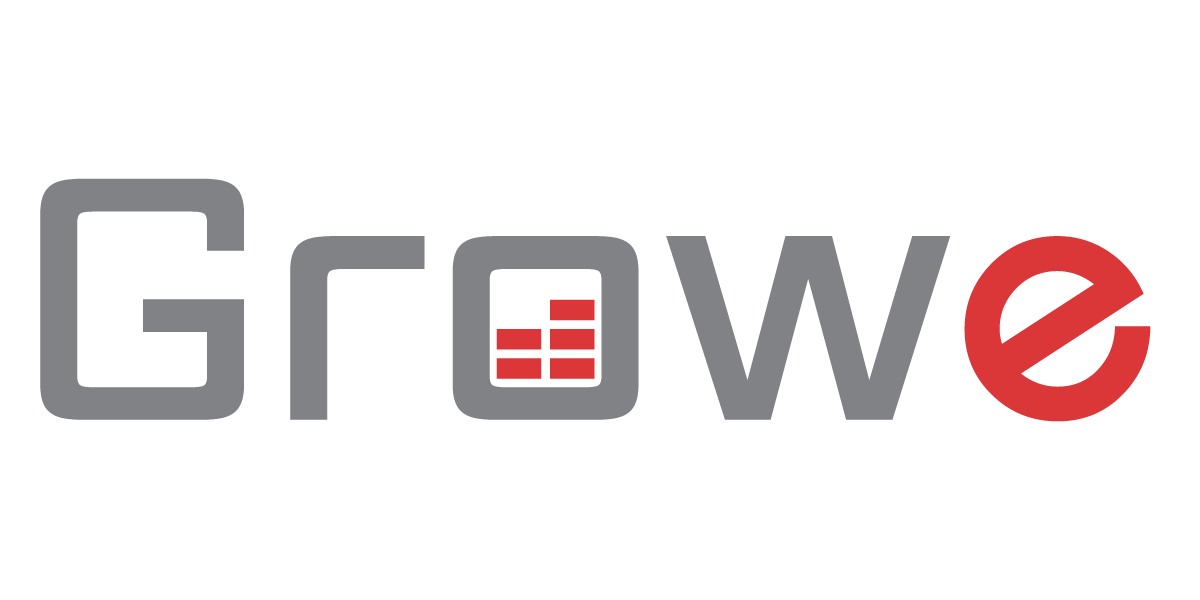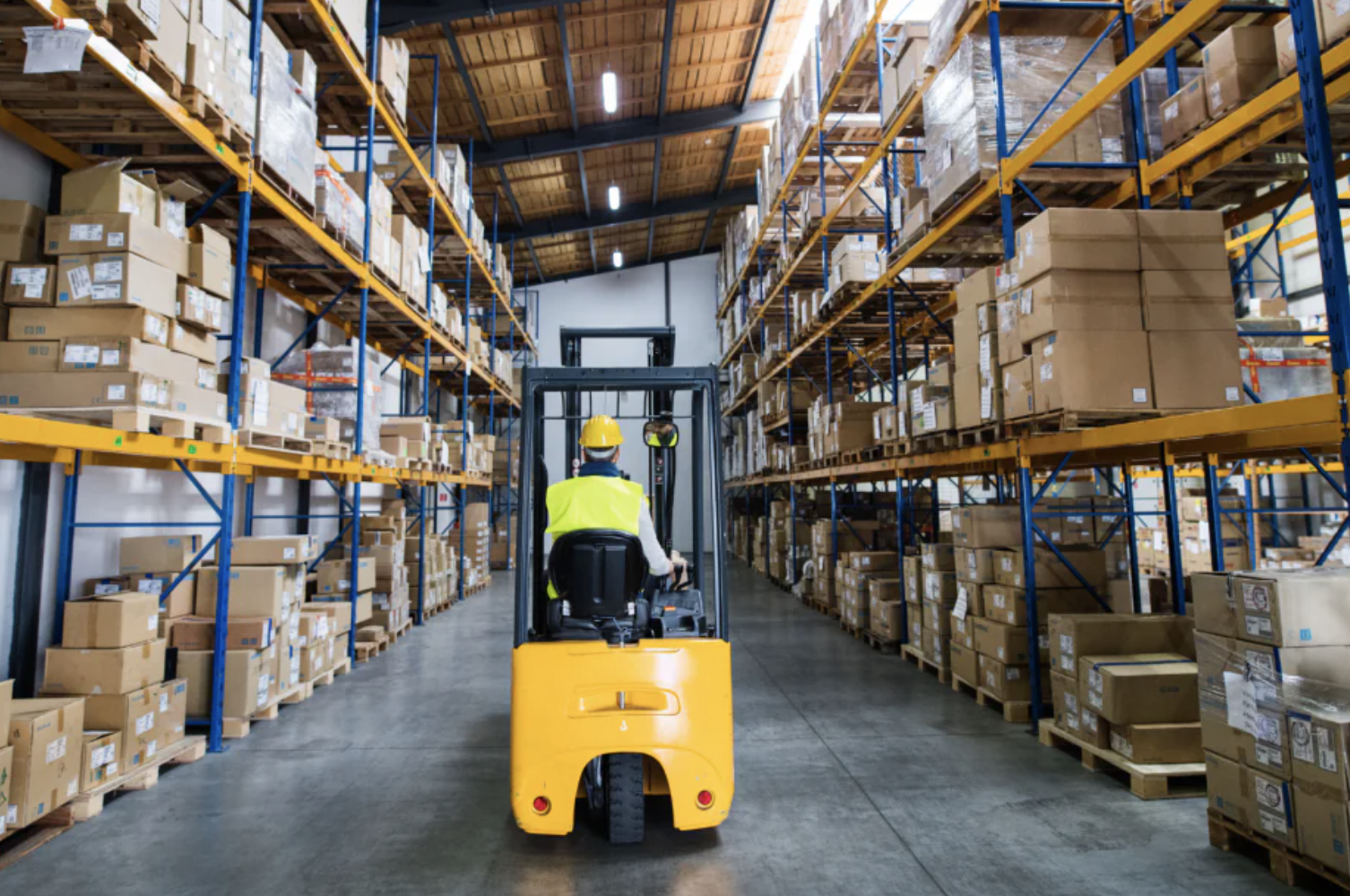6 Factors to Consider When Choosing a 3PL Partner
If you’re managing the supply chain of a large retail, B2B, or eCommerce brand, then you know just how complex and time-consuming it can be. Managing your entire supply chain is incredibly hard to do. That’s why most companies outsource the responsibility to third-party logistics providers, or 3PLs.
Working with a 3PL means you don’t have to manage warehousing, transportation, and fulfillment in-house. It’s a huge relief! However, choosing the right 3PL partner is make-or-break for your operation.
Whether you’re currently working with a 3PL and looking to add new partners, or considering outsourcing for the first time, there’s one thing you must know:
Your 3PL will become your closest business partner.
You could be shipping thousands of pallets to a large retailer, or thousands of parcels to eCommerce shoppers, your 3PL will represent your brand. In this article, we’ll provide guiding principles for you to have top of mind when choosing the right 3PL for your business.
Here are six factors you should consider when looking for a 3PL partner.
6 Factors to Consider When Choosing a 3PL Partner
1. Location
“Location, location, location.” It’s the first rule of real estate and a well-known cliche because of how true it is.
When choosing a 3PL partner for a large retail, B2B, or eCommerce operation, location should always be top of mind.
Here are four specific factors you must consider concerning location:
Proximity to customers. This will affect shipping times and which in turn, impacts customer satisfaction. If your 3PL is closer to your customers, this will allow for quicker and more cost-effective deliveries.
Proximity to transportation hubs, highways, and interstates. When 3PLs are located near ports, airports, railways, and interstates, your costs will be lower with the 3PL have low freight and drayage costs.
International shipping and customs. When shipping internationally, opt for a 3PL with global reach to navigate complex regulations in hubs like Hong Kong, Singapore, and Rotterdam.
Environmental factors like weather and natural disasters impact logistics. Evaluate potential risks in your chosen location, such as hurricanes in Florida or wildfires in California.
With respect to location, resist the temptation to always default to choosing large cities or cities in the middle of regions. Selecting a port city with relatively low real estate costs and tax rates, such as Savannah, Charleston, or Houston, are all great options.
2. Capacity and scalability
When choosing a 3PL partner, thinking about their capacity and scalability is essential. For example, if your brand were to grow suddenly, would they be able to continue providing quality service?
Questions you will want to consider include:
Can the 3PL handle a sudden surge in orders?
How will the 3PL accommodate seasonal fluctuations in sales?
Does the 3PL have modern technology that can streamline processes and reduce errors at scale?
If our sales volume decreases, can the 3PL handle that?
Reason being, you don’t want any surprises. Especially when you’re in growth mode. Find a 3PL you can scale with.
3. Technology and integration capabilities
For small businesses, 3PLs can have robust technology or integrational capabilities. Sometimes having a Shopify integration and a warehouse full of people doing their best is enough. But that doesn’t scale well for larger businesses like yours.
When choosing a 3PL partner for a large brand, here are some technology and integration capabilities that you should look out for:
WMS, TMS, and OMS. These acronyms stand for warehouse, transportation, and order management systems, respectively. This software enables 3PLs to manage their operations efficiently and accurately. Make sure your potential 3PL partner is using up-to-date technology in these areas.
Integration capabilities. Does your 3PL support enterprise-level integrations like Oracle NetSuite or other major enterprise resource planning (ERP) software? It is imperative that you find a 3PL that supports your company’s business systems.
Continuous improvement. Find a 3PL that understands the importance of innovating and changing over time. Ensure that they take a proactive approach to implement new technology.
The trick here is to find a 3PL that is forward thinking toward technology. They should be following best practices, supporting the software they use regularly, and have the willingness to change with the times.
4. Industry expertise and experience
Look for a 3PL partner with experience in your industry and an understanding of industry-specific compliance requirements. For example, the food and beverage industry has unique requirements for temperature-controlled storage and transportation. Finding a 3PL with strong cold chain management would be obviously critical here.
You will want to see a track record of operational success and customer satisfaction within your niche. Consider factors like order accuracy rates, on-time delivery rates, and case studies or testimonials from people within your industry.
When in doubt, list the factors that are especially important when shipping products in your industry. Make sure your potential 3PL partner will be able to address all your industry-specific concerns.
5. Reputation and customer service
Some things never change. Whether you have a small Shopify store or you’re fulfilling into large retailers, you must make sure your 3PL partner has a good reputation. You need 3PL partner who is transparent about their operations and communicates regularly with customers.
Case studies and testimonials can provide real-world examples of a 3PL’s reputation and customer service. Look for case studies and testimonials on a 3PL partner’s website, or simply ask around – both within the company, and within your niche. This industry is a very small world, don’t let ignorance get in the way.
Do your due diligence here, and be picky!
6. Cost and pricing structure
Keeping costs as low as possible is not the priority here. Instead, you need to look at the intangibles when thinking about ROI. Trying to cut corners on fulfillment, especially for large brands, is dangerous. Doing so increases the rates of damages and returns and can alienate customers, leading to much greater expenses in the long run.
As mentioned earlier, a big thing to consider is freight and drayage costs. Sending inventory to warehouses can be expensive, depending on the warehouse’s location.
Additionally, you will want to consider value-added services and customization. If you’re an eCommerce brand that ships parcels, look for a 3PL partner who offers value-added services like kitting, assembly, or packaging services. These services can improve overall cost-effectiveness and customer satisfaction. If you have bigger, bulkier products and have a B2B component to your business, make sure your 3PL has experience in wholesale/bulk B2B retail distribution. Not many 3PLs have fully mastered the omnichannel – so as a brand, look for groups who more so specialize in your niche.
Final Thoughts
Choosing the right 3PL partner is incredibly important for the success of your retail, B2B, or eCommerce brand.Be thorough in vetting potential partners with these factors in mind to be sure to find the right one!
Remember: order fulfillment is more than an operational expense. That means 3PLs are more than just a vendor to be paid and forgotten about. Your 3PL is one of the most important business partners you can have, and will have a dramatic impact on your bottom line.
With the right 3PL partner, you can optimize your supply chain, streamline your logistics processes, and ultimately grow your business. Running your operation is time consuming, and you may not have the resources to properly vet potential 3PL partners. Luckily for you, you can just call the Growe team and we’ll take care of you!

